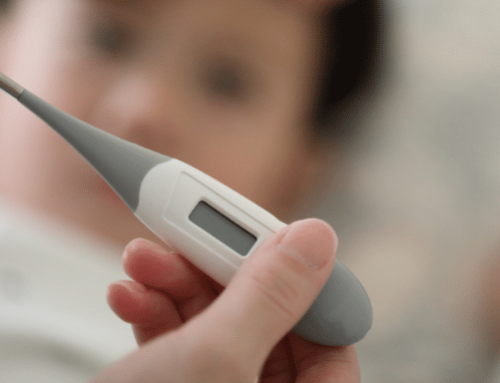
Are annual physicals necessary for children and adults? According to a Health Tracking Poll, 92% of Americans believe they are important. However, only 62% actually get them.
As an adult, an annual physical helps you stay healthy, track vital measurements over time, and detect potential health issues before they become serious.
Children should see a doctor more often to ensure they remain on track with their growth and development.
Why Physicals are Vital to Our Health
Routine physical exams are essential to preventive health care. They allow your doctor to monitor your health and detect potential health risks. Early diagnosis and timely intervention can be life-saving.
Physicals also provide an opportunity to discuss any concerns you have about your health or the health of your child.
Read More: The Importance of Regular Check-Ups for Every Family Member
Recommended Guidelines for Adults
If you’re generally healthy, you may only need preventive screenings based on age. Here’s a general adult physical schedule:
- Ages 19-21 – every 2-3 years
- Ages 22-64 – every 1-3 years
- Over 65 – once a year
If you smoke, have risk factors for health conditions, or have chronic conditions like heart disease or diabetes, you should see a healthcare provider more often.
Routine blood tests establish your health baseline and what’s normal for you. Your doctor can quickly spot any early signs of trouble by monitoring your cholesterol, glucose levels, and blood pressure.
Here are the National Institute of Health guidelines for women and men based on age.
Recommended Guidelines for Children
Childhood is a time of tremendous growth and change – developmentally, physically, and emotionally. Regular physical exams are the best way to help your child stay healthy.
Infants require exams every few months because the first 36 months of life is a period of very rapid development. Frequent exams during this time are crucial for identifying potential problems early so they can be prevented or treated.
The American Academy of Pediatrics (AAP) provides a list of recommended ages for childhood exams. The suggested schedule from birth to 36 months is 1, 2, 4, 6, 9, 12, 15, 18, 24, 30, and 36 months.
Once your child reaches age 3, they should have a physical exam every year. Some children may need more frequent exams based on their medical needs or for school or sports participation.
Annual Physicals at Good Life Family Medicine
If you don’t have a primary care doctor, contact Good Life Family Medicine to schedule your annual check-up with one of our providers. To make the most of your time, come prepared with the following:
- Medical history – To help your provider get a complete understanding of your current health and any potential risk factors, bring your family and medical history (including any surgeries) and the contact information for any physicians you’ve seen recently.
- List of medications – Take pictures of your medications or bring them with you to your appointment. Include any over-the-counter medications or herbal supplements, such as allergy medications or sleeping aids, which can interact with some prescription drugs.
- Insurance card – Bring a copy of your current insurance card to avoid any unnecessary charges.
- Questions – Create a list of any questions you have about your health. Writing them down ensures that nothing is forgotten and all your concerns are addressed.
An annual physical exam is essential to preventive care and early detection of potential health risks. Be proactive about your family’s health by scheduling routine check-ups. Call or book an appointment online with Good Life Family Medicine today!
Read More: Meet Our Provider – Justin Hancock



